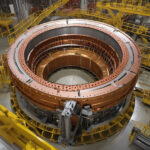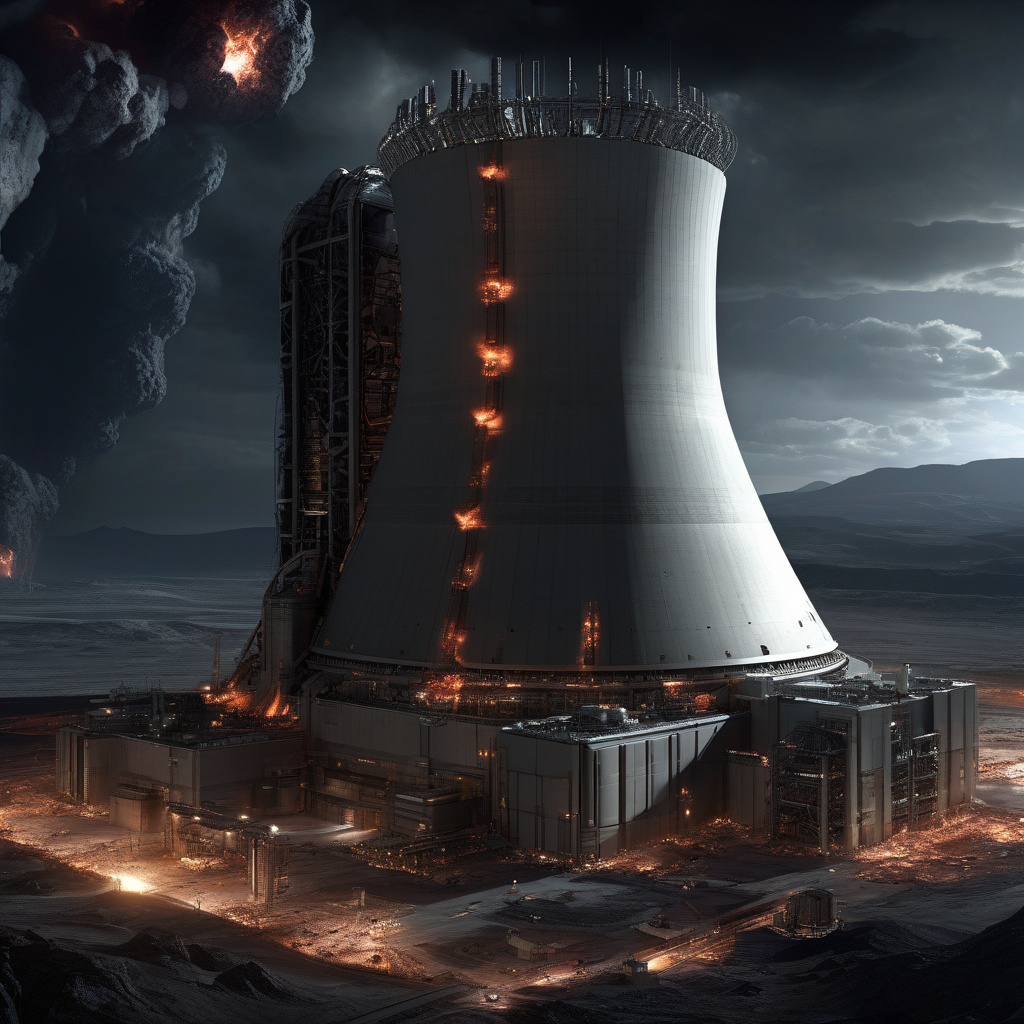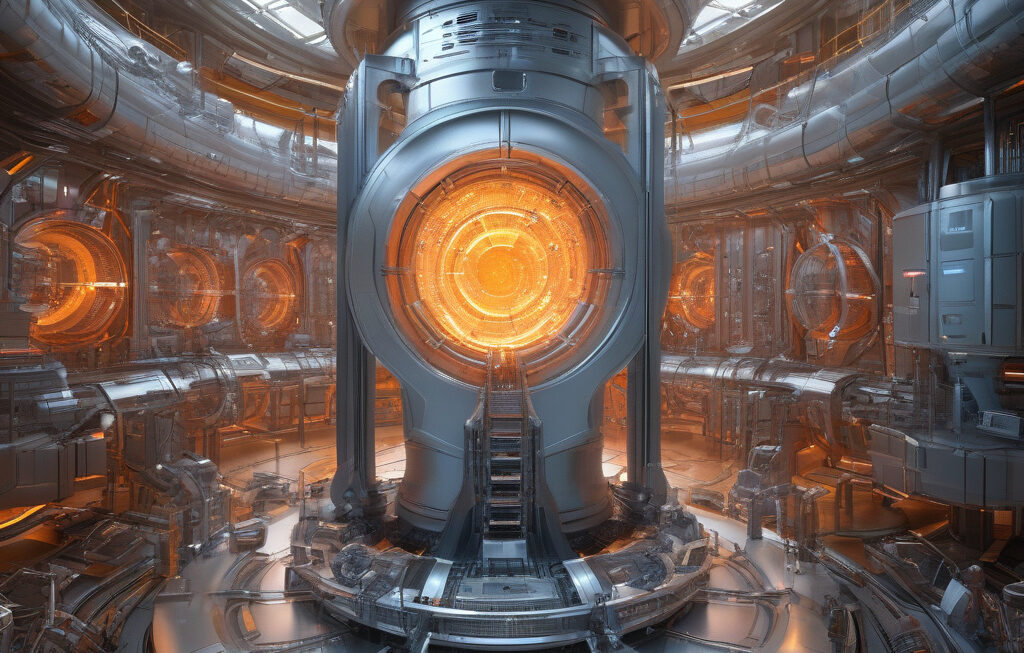World’s Largest Nuclear Reactor Gets Powerful Exhaust to Endure Asteroid-Level Heat
A prototype of an outer vertical target for the ITER fusion reactor’s divertor has been developed to withstand temperatures that could match those experienced during the impact of an asteroid. The divertor is a crucial component of the reactor responsible for extracting the extreme heat generated during nuclear fusion reactions. With the aim of replicating the sun’s energy production on Earth, the International Thermonuclear Experimental Reactor (ITER) project is a collaboration of 35 countries working together to develop fusion energy.
The divertor’s role is to handle the intense heat and particle fluxes resulting from the fusion reactions that take place within the reactor. These extreme conditions necessitate materials and designs that can withstand temperatures reaching up to 20 million degrees Celsius. To put this into perspective, the surface of the sun reaches temperatures of about 15 million degrees Celsius. Therefore, the divertor’s ability to withstand such heat is paramount to the success of the ITER project.
The newly developed outer vertical target for the divertor is a significant advancement in fusion technology. It is designed to efficiently channel the heat away from the reactor, preventing damage to the reactor vessel and other components. The materials used in the target have been carefully selected to withstand the high temperatures and harsh conditions present in the divertor.
One of the key challenges in developing the divertor target was finding materials that could endure the extreme heat while maintaining their structural integrity. The prototype target has been subjected to rigorous testing to ensure its durability and efficiency in handling the intense heat fluxes expected during operation.
The success of the ITER project relies heavily on the performance of the divertor and its components. By developing advanced materials and technologies capable of withstanding asteroid-level heat, the project is one step closer to achieving its goal of demonstrating the feasibility of fusion energy on a commercial scale.
In conclusion, the development of the outer vertical target for the ITER fusion reactor’s divertor represents a significant milestone in the field of nuclear fusion. By creating a component capable of enduring extreme temperatures comparable to those experienced during an asteroid impact, researchers are paving the way for the realization of fusion energy as a sustainable and abundant source of power for the future.
fusion energy, nuclear reactor, ITER project, divertor, extreme heat












